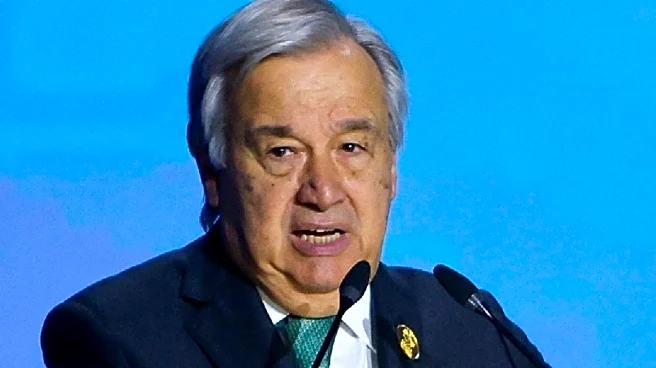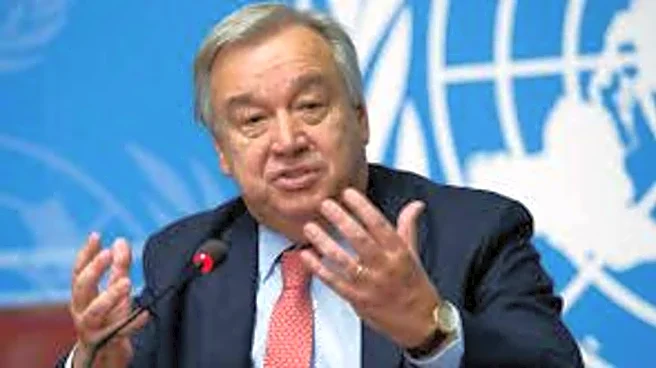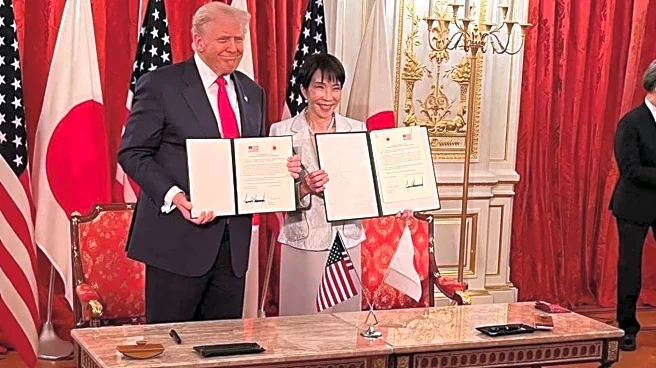Ahead of Cop30 climate summit, United Nations Secretary General António Guterres has warned that humanity has failed to limit global heating to 1.5C.
The Guardian quoted Guterres as saying that it is now
“inevitable” that humanity will overshoot the target in the Paris climate agreement, with “devastating consequences” for the world.
He urged the leaders to realise that the longer it takes to cut emissions the greater the danger of passing catastrophic “tipping points” in the Amazon, the Arctic and the oceans.
“Let’s recognise our failure,” he told the Guardian and Amazon-based news organisation Sumaúma. “The truth is that we have failed to avoid an overshooting above 1.5C in the next few years. And that going above 1.5C has devastating consequences. Some of these devastating consequences are tipping points, be it in the Amazon, be it in Greenland, or western Antarctica or the coral reefs.”
He further said that the priority at Cop30 was to shift direction: “It is absolutely indispensable to change course in order to make sure that the overshoot is as short as possible and as low in intensity as possible to avoid tipping points like the Amazon. We don’t want to see the Amazon as a savannah. But that is a real risk if we don’t change course and if we don’t make a dramatic decrease of emissions as soon as possible.”
According to The Guardian, fewer than a third of the world’s nations (62 out of 197) have sent in their climate action plans, known as nationally determined contributions (NDCs) under the Paris agreement. While the Donald Trump-led administration has abandoned the process, Europe has vowed but so far failed to deliver.
Meanwhile, China, which is the world’s biggest emitter, has been accused of undercommitting. “From those [NDCs] received until now, there is an expectation of a reduction of emissions of 10%. We would need 60% [to stay within 1.5C]. So overshooting is now inevitable,” Guterres said.
He, however, pointed out that there still remains possibility to temporarily overshoot and then bring temperatures down in time to return to 1.5C by the end of the century, but this would require a change of direction at and beyond Cop30.




/images/ppid_59c68470-image-176161754159492220.webp)

/images/ppid_59c68470-image-176163004632793160.webp)
/images/ppid_59c68470-image-176161504019060916.webp)


/images/ppid_59c68470-image-17616325277785295.webp)

/images/ppid_59c68470-image-176144754478542114.webp)
/images/ppid_59c68470-image-176145003135181728.webp)